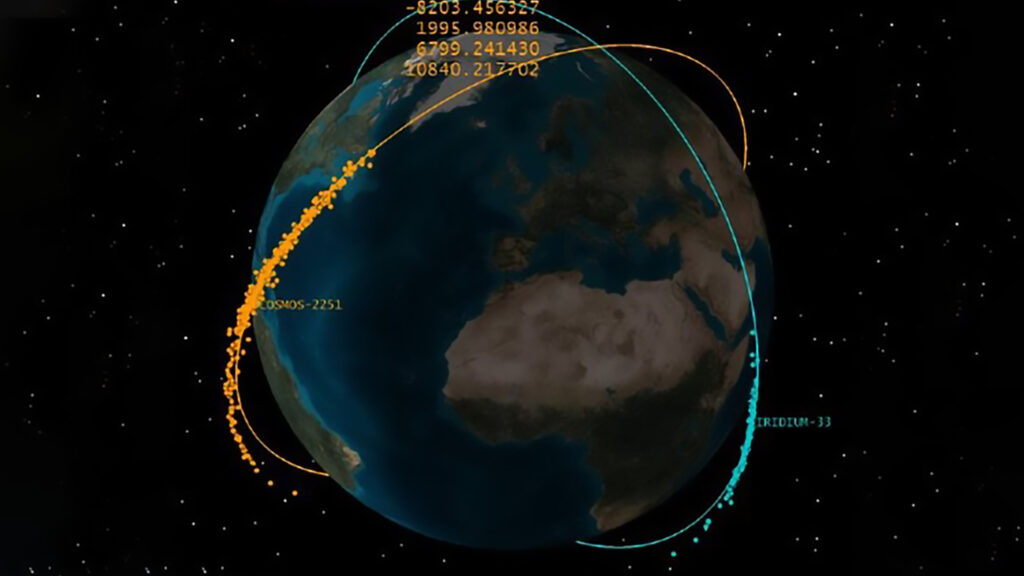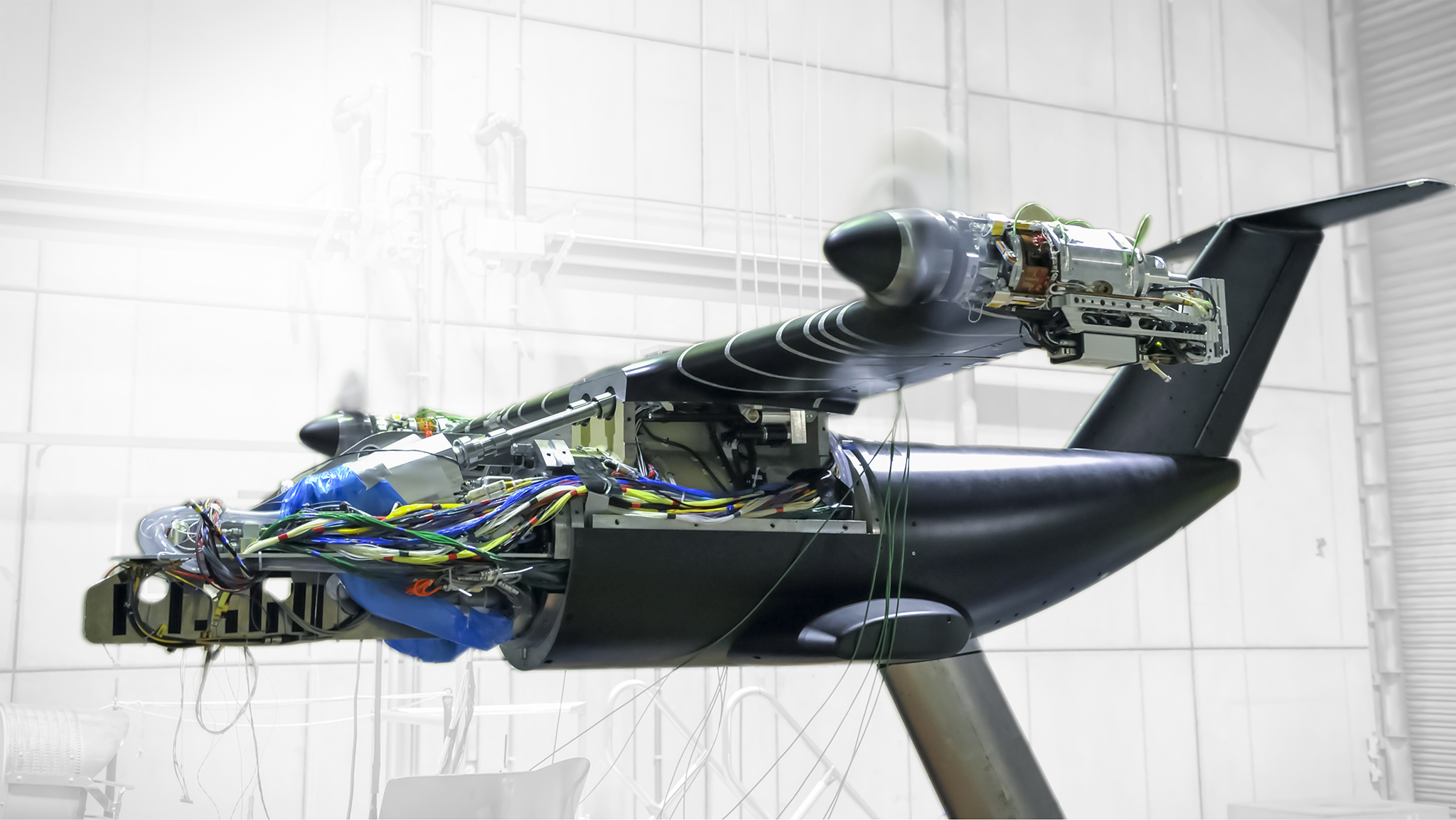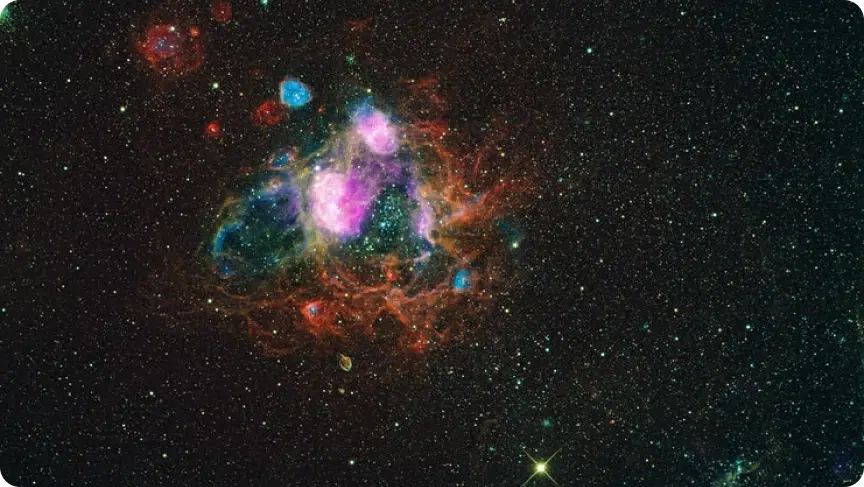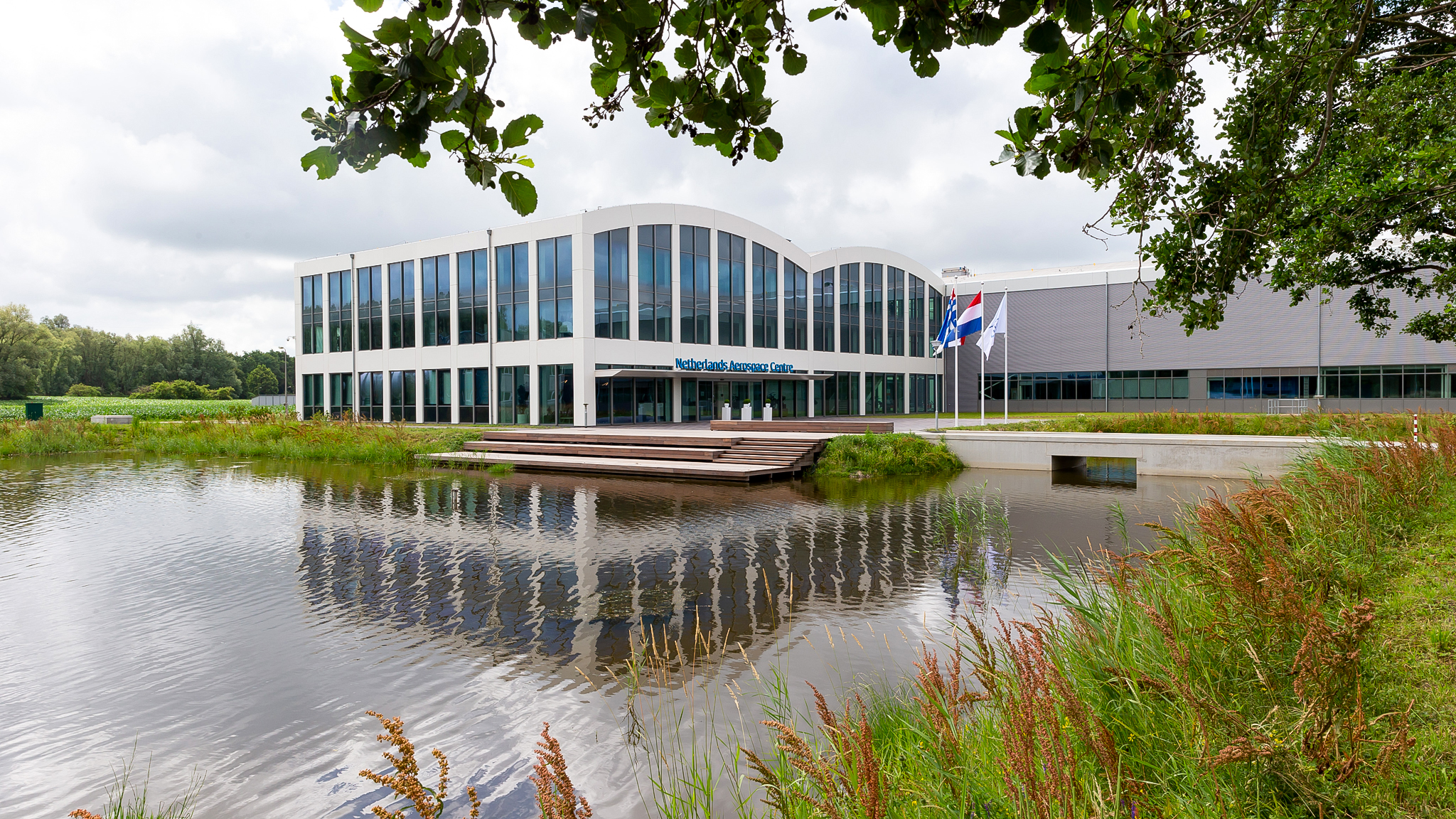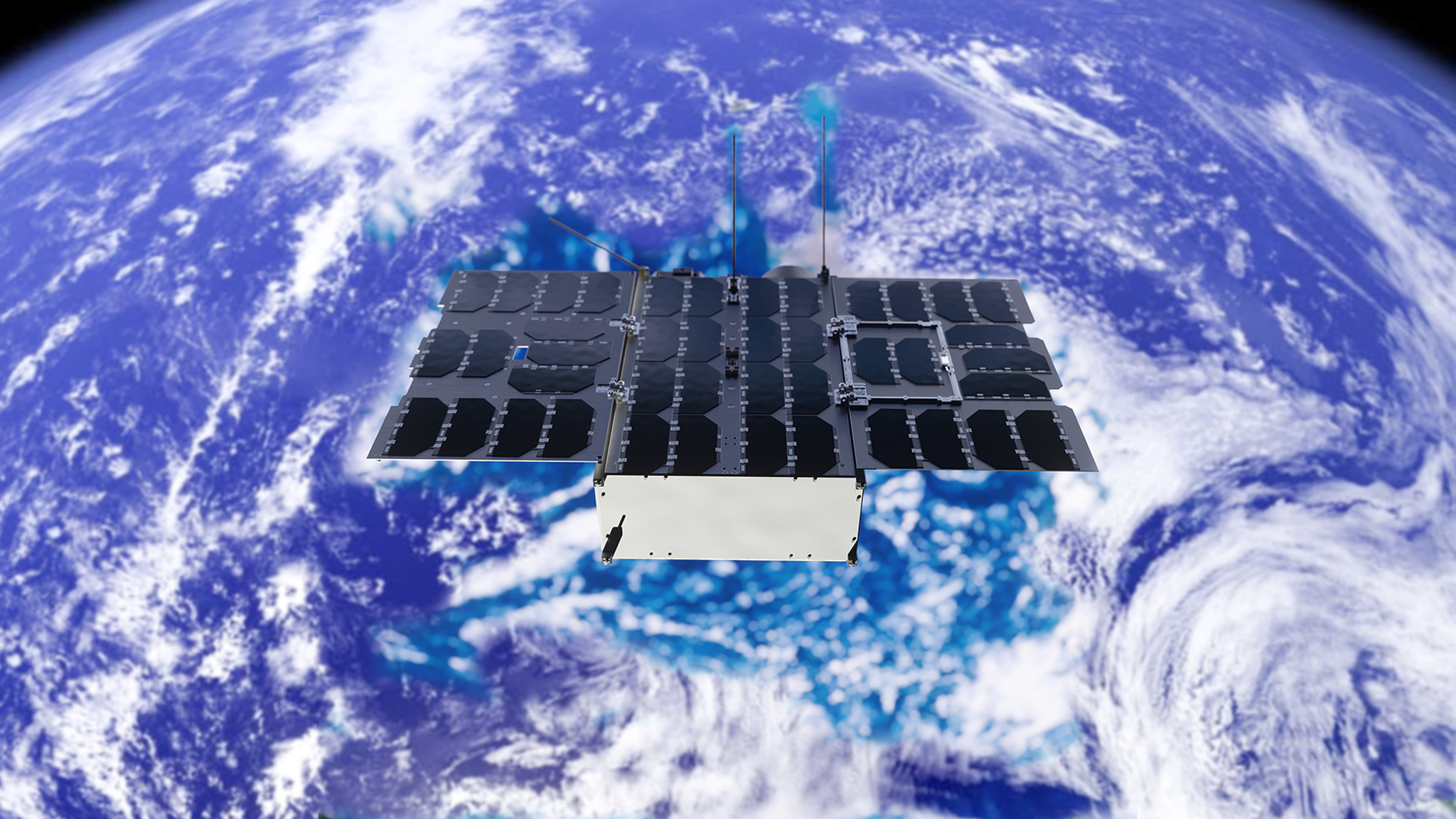
Area of expertise
Space technology
Autonomous, guaranteed access to space is crucial for today’s society. NLR therefore conducts research into new technologies and applications in space travel. Social and safety issues are paramount, as are economic opportunities. We collect input from stakeholders, study trends in space travel and explore technological, social and (geo)political developments. Based on this, we identify new aerospace technologies and concepts. We study these for feasibility, validity and potential for the Netherlands.
Outline of the research
Space infrastructure and operations
Data from and about space is an increasingly important source of information. New technologies are making space increasingly accessible. Many satellites will be launched in the coming years. Many of these are from commercial parties. This not only makes it increasingly difficult to find a good location in space for yet another satellite, but also greatly increases the risk of disruptions and even collisions. Our research focuses on the development, operation, safety and use of (small) satellite technology, Space Situational Awareness/Space Traffic Management and the use of very low Earth orbits.
Space data utilisation
In our space data utilisation research, we study satellite navigation, satellite communications and converting satellite data into usable data for Intelligence, Surveillance & Reconnaissance (ISR). In addition to data and information from space systems, the study includes the integration with data and information from other systems.
Some projects
C5ISR AI4EO
To strenghten the knowledge base in on-board processing of satellite sensor data, a team participated in the OrbitalAI challenge organised by ESA (OrbitalAI Challenge – ai4eo). The objective of the project was to develop an AI-driven workflow to detect changes on board satellites. Traditionally, detecting changes in satellite images required lengthy processing times, leading to delays in responding to critical events on Earth. Improvements in satellite hardware capabilities, including data storage and computing power, have already led to detection and image enhancement directly on board the satellite. However, more complex tasks such as detecting change typically require more powerful processing capabilities, data storage and, even more importantly, a streamlined methodology to detect and process changes between two satellite images on board the satellite. The team worked on developing a solution to address this challenge.
C5ISR stands for ‘Command, Control, Computers, Communications, Cyber, Intelligence, Surveillance and Reconnaissance’. AI4EO stands for ‘Artificial Intelligence for Earth Observation’.
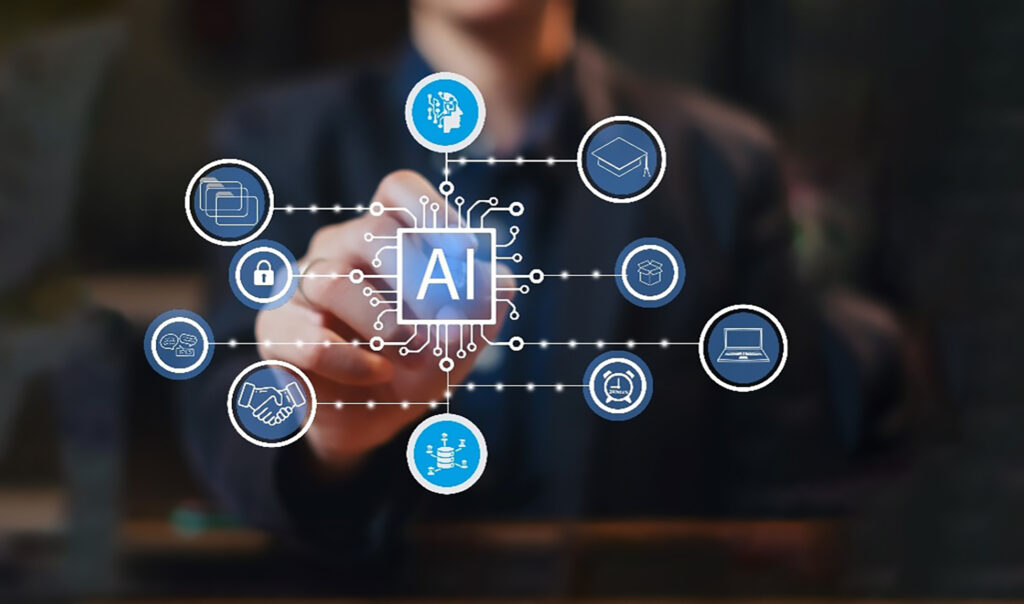
Space Traffic Management
In the field of Space Traffic Management (STM) and specifically Space Situational Awareness (SSA), research has been conducted on Rendezvous and Proximity Operations. Through coordination, including with the Netherlands Space Office (NSO), the position of STM has been better mapped out. The topic of Transition Traffic Management (TTM), also known as NearSpace (at altitudes between 20 km and 100 km), has been specifically investigated. The combination of knowledge in Air Traffic Management (ATM) and Space Traffic Management (STM) within NLR has proven to be a good match. Given recent developments surrounding the planned use of NearSpace, this knowledge is also of great importance for future proposals and projects.
